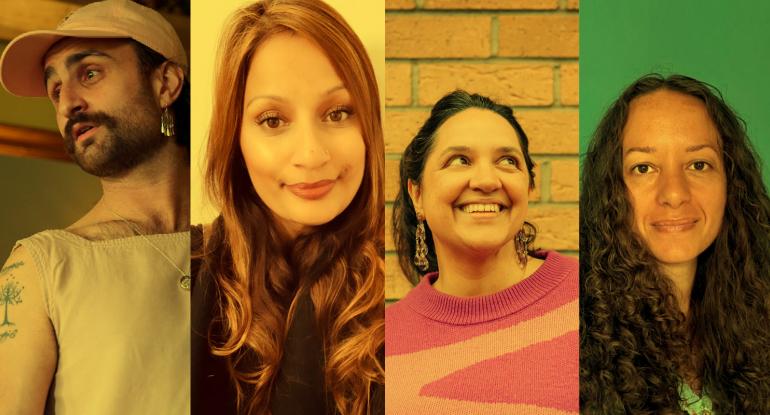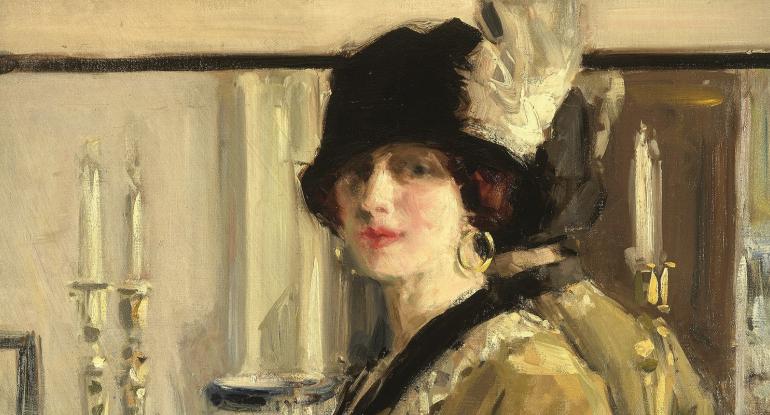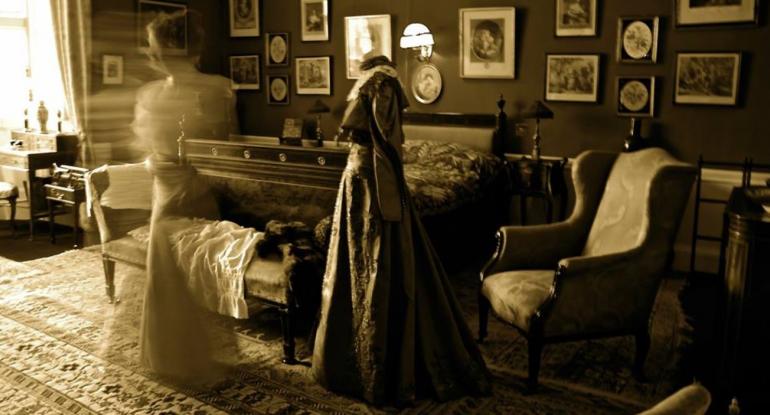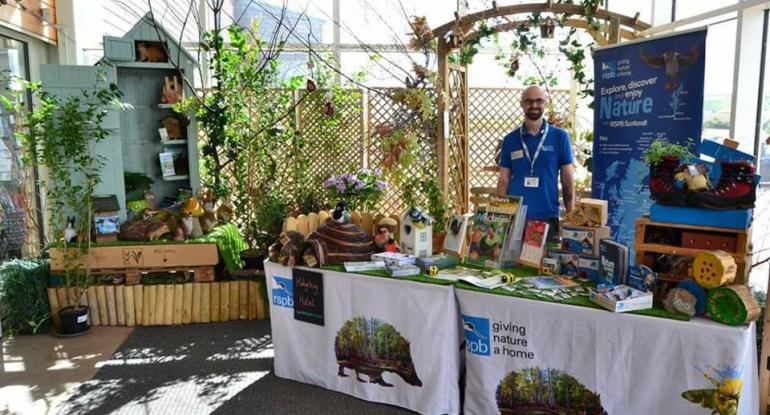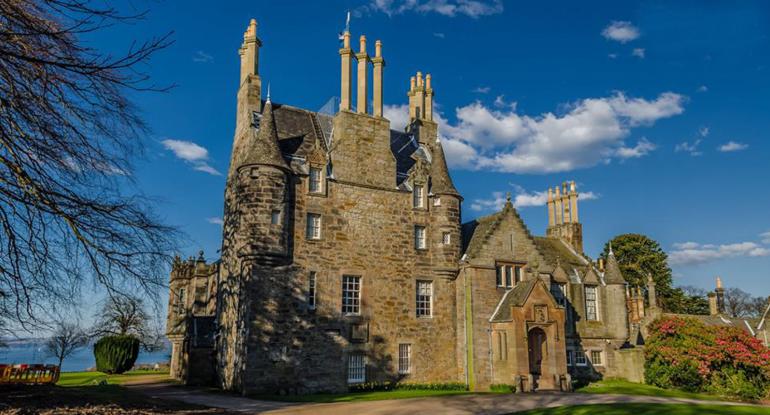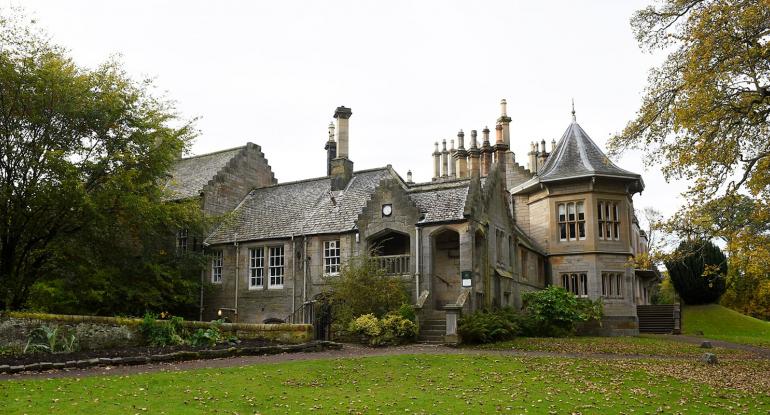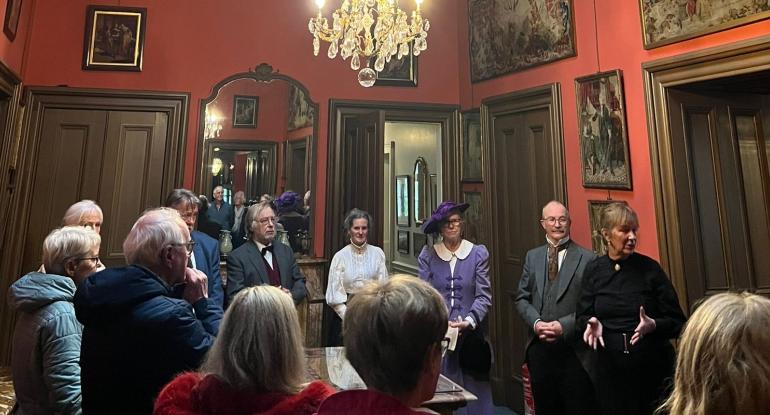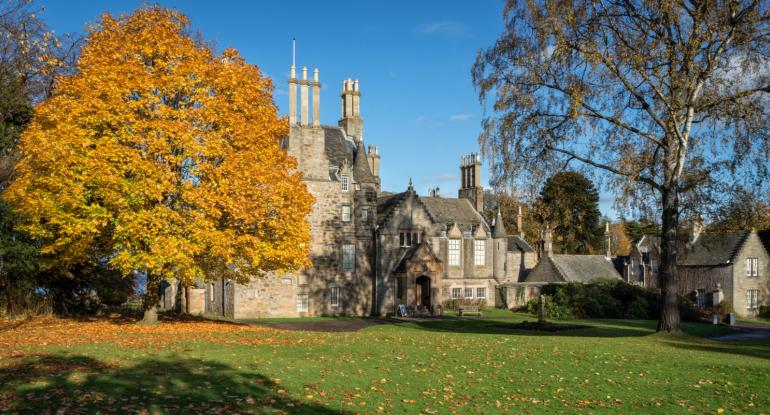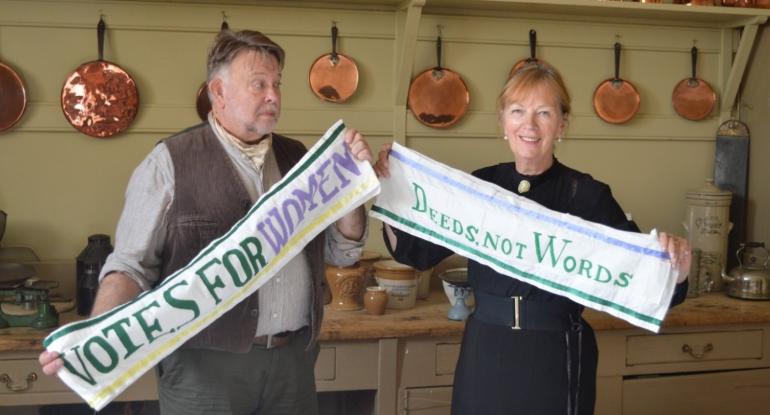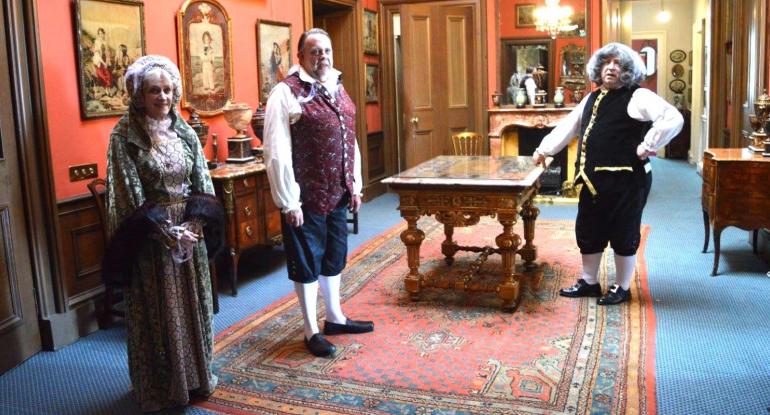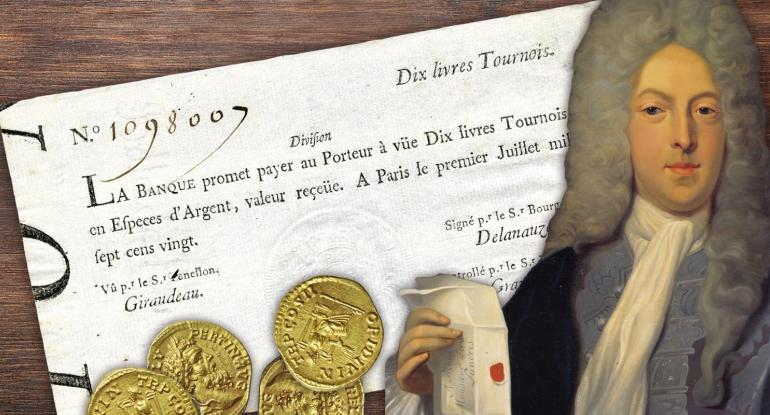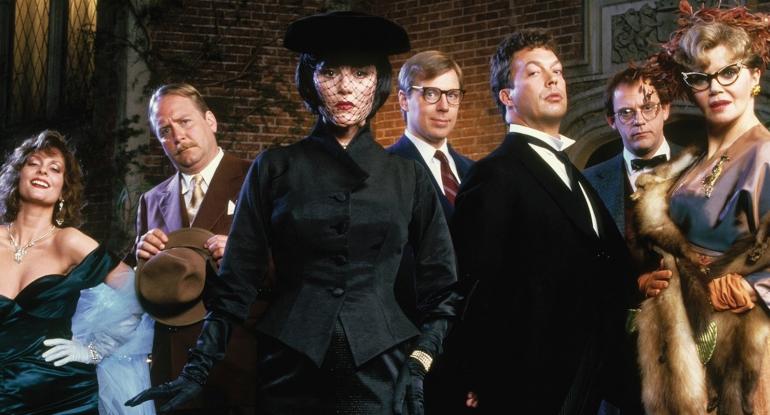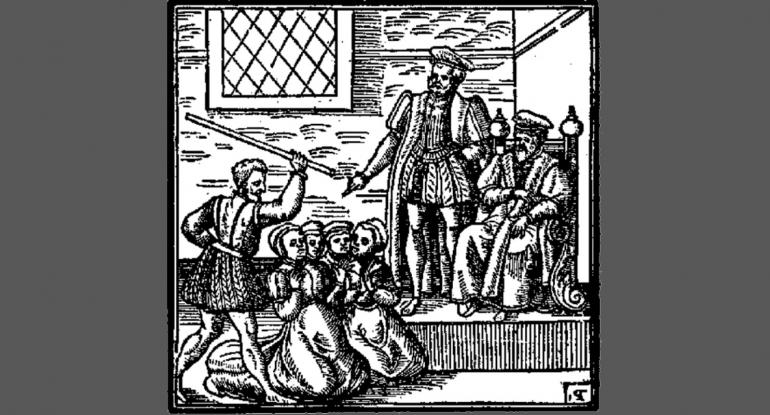-

Nurture Through Nature with Children’s Books
A Museum of Edinburgh exhibition
Thu 1 May to Sun 7 Sep 2025
Events
-

Family Activity Area in Museum of Edinburgh
Free Family Activity Space in the Heart of the Museum
Thu 12 Dec 2024 to Thu 31 Dec 2026 -

Sensory Room in The Museum of Edinburgh
A Quiet Space for anyone who needs it
Tue 25 Feb 2025 to Fri 31 Dec 2027 -
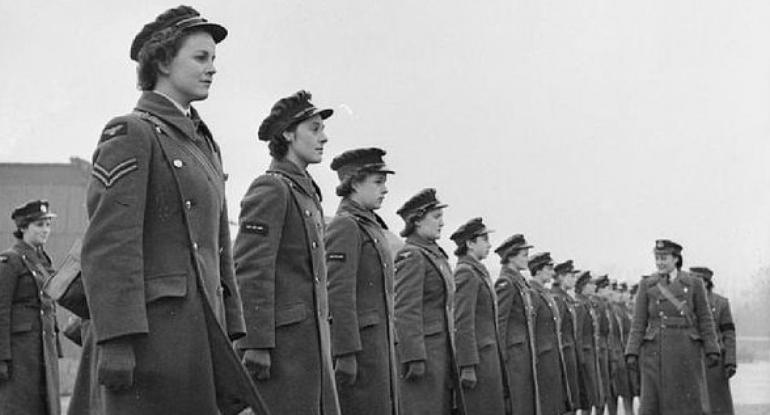
They All Wore Blue – The Women’s Auxiliary Air Force In World War II
Lauriston Castle Lectures
Wednesday 9 July 2025, 10:30am -

A Midsummer Night’s Dream
Lauriston Castle Family Theatre with The Three Inch Fools
Wednesday 9 July 2025, 7:00pm -

John Bellany: In Conversation with Bill Hare and Sandy Moffat
In Conversation to accompany the exhibition ‘John Bellany: A Life in Self-Portraiture’
Thursday 10 July 2025, 2:00pm -
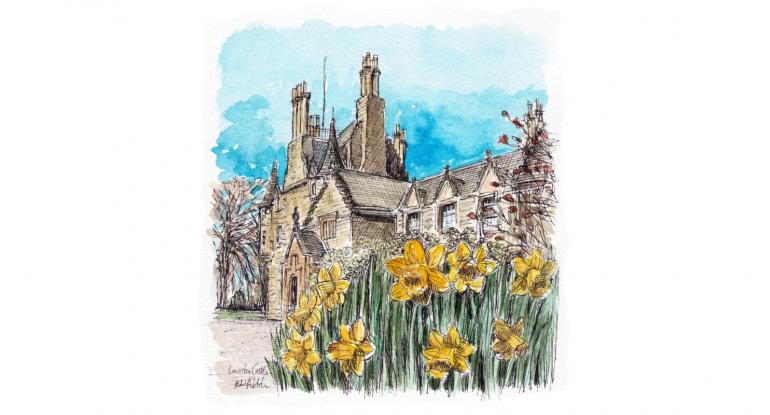
Sketching Nature and Architecture at Lauriston Castle
Lauriston Castle Special Events
Friday 11 July 2025, 10:00am -

Edinburgh Slavery and Colonialism Legacy Review Implementation Group
A Discussion to mark Edinburgh900: City of Diversity
Friday 11 July 2025, 2:00pm -

Self-Portraiture in Ink and Watercolour
Adult Creative Workshop to accompany the exhibition ‘John Bellany: A Life in Self-Portraiture’
Saturday 12 July 2025, 10:30am -

Minibeasts and Insects / A Bug's Life
Lauriston Castle Family Workshops
Sunday 13 July 2025, 10:00am -

The Woodland Trust at Lauriston Castle
Lauriston Castle Special Family Events
Sunday 13 July 2025, 10:00am -
Petticoats and Pinnacles: Scotland's Pioneering Mountain Women
Lauriston Castle Lectures
Tuesday 15 July 2025, 10:30am -

The Lauriston Castle Teddy Bear's Picnic
Lauriston Castle Special Family Events
Saturday 19 July 2025, 1:00pm -
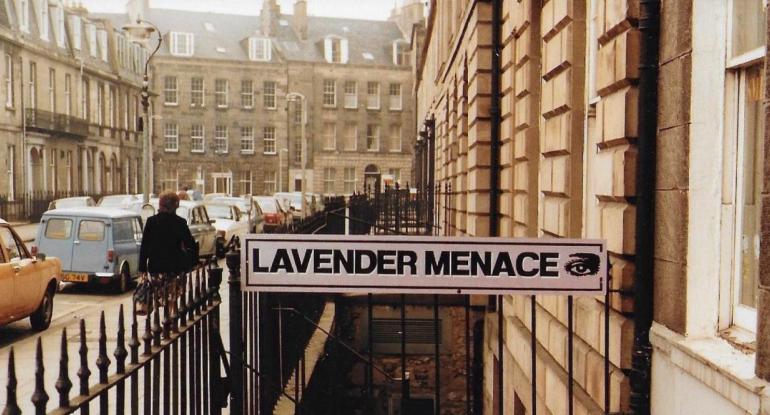
Lavender Menace: Queer Bookselling in Edinburgh
A Lecture to celebrate Edinburgh900: City of Diversity
Saturday 19 July 2025, 2:00pm -
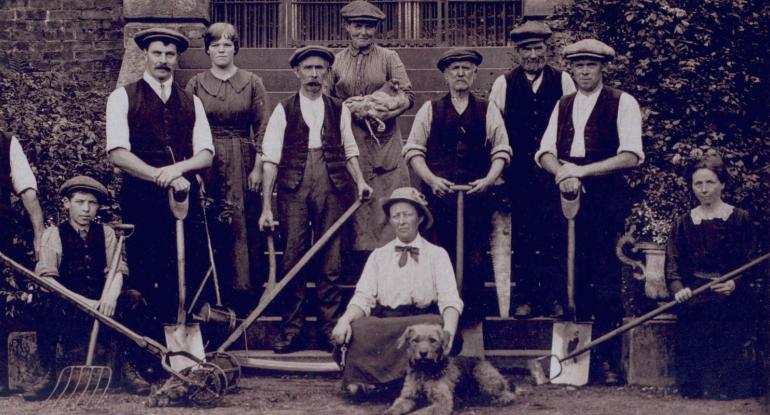
Petticoats and Plants - The Untold Story of Scotland’s Gardening Women 1800-1930
Lecture in association with ‘Nurture through Nature with Children’s Books’
Thursday 24 July 2025, 2:00pm -
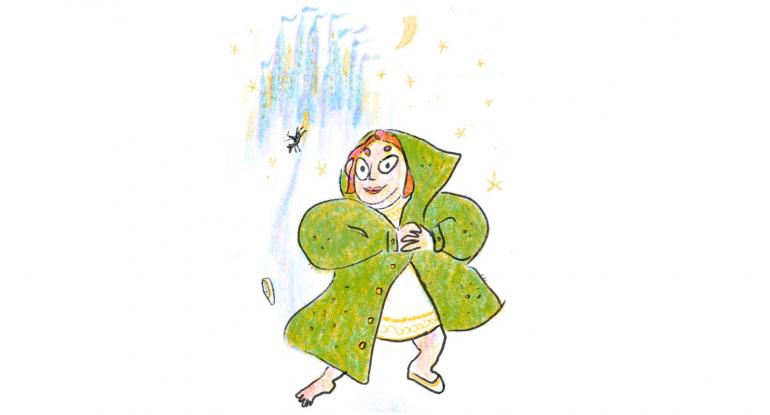
Characters from Nature
Family Folklore Workshop in association with ‘Nurture through Nature with Children’s Books’ at Museum of Edinburgh
Saturday 26 July 2025, 10:30am -
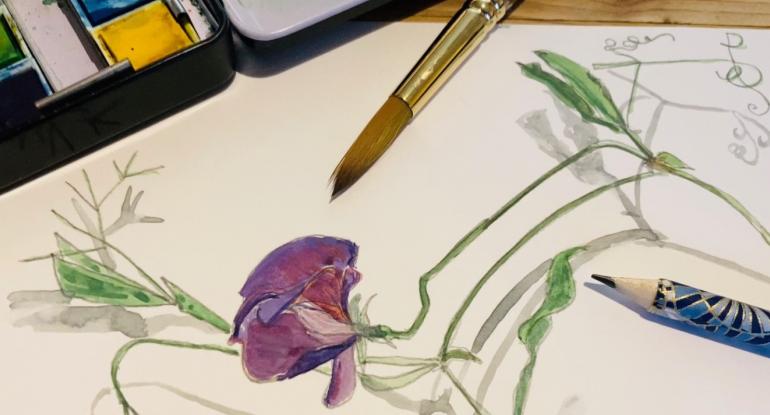
Summer Flowers Botanical Watercolours
Lauriston Castle Adult Creative Workshops
Saturday 26 July 2025, 10:30am -
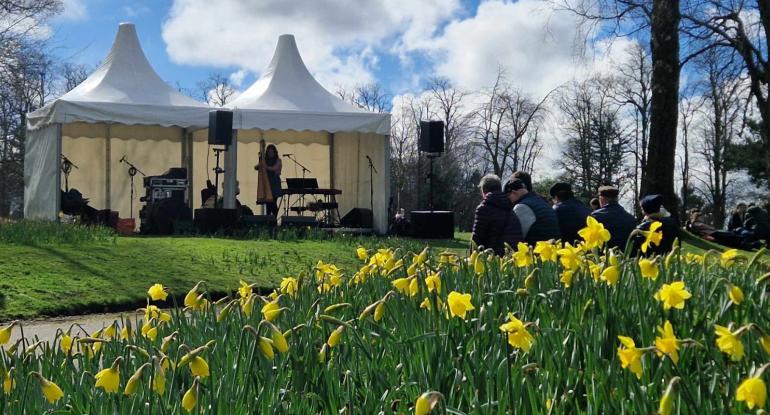
Music Encounters
Music at Lauriston Castle to celebrate Edinburgh900: City of Diversity
Saturday 26 July 2025, 1:00pm -
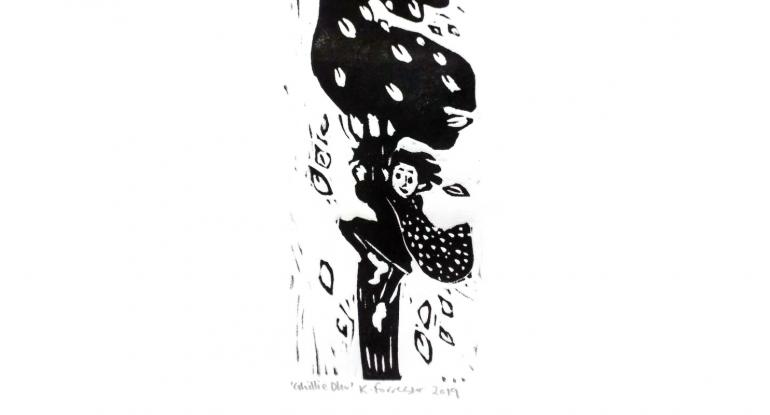
Characters from Nature
Family Folklore Workshop in association with ‘Nurture through Nature with Children’s Books’ at Museum of Edinburgh
Saturday 26 July 2025, 1:30pm -
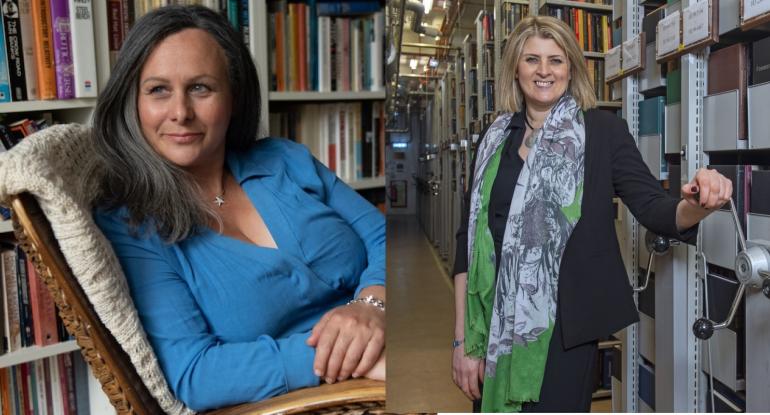
If you can't see it, you can't be it: In Conversation with Sara Sheridan and Amina Shah
A National Library of Scotland Partnership 'In Conversation' to celebrate Edinburgh900: City of Diversity
Saturday 26 July 2025, 2:00pm -
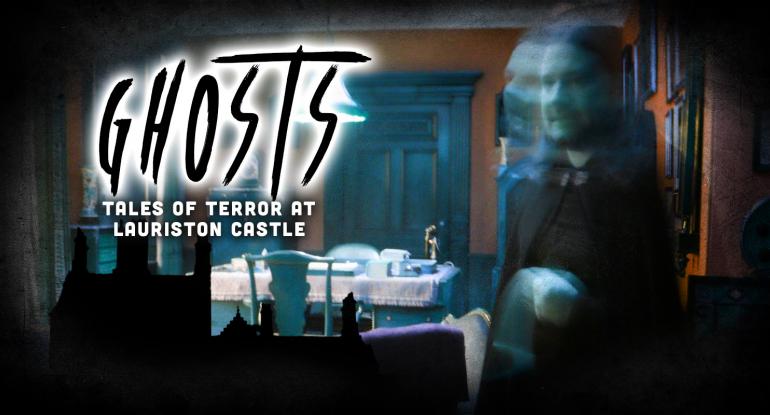
Ghosts! Tales of Terror at Lauriston Castle
A unique tour of the castle, mixed with tales of terror, ghosts stories, and the bizarre
Saturday 26 July 2025, 3:00pm -

Forest Bathing at Lauriston: An Introduction to Mindfulness in Nature and Shinrin Yoku in Lauriston Castle Gardens
Wellbeing Sessions in Lauriston Castle Gardens
Sunday 27 July 2025, 10:00am -

Stop Animation Folklore Character Workshop
Adult Creative Workshop in association with ‘Nurture through Nature with Children’s Books’ at Museum of Edinburgh
Sunday 27 July 2025, 10:30am -

Photography for Wellbeing
Exhibition tour in association with ‘Wellbeing in the City: Feel good places in and around Edinburgh’ at Museum of Edinburgh
Wednesday 30 July 2025, 2:00pm -

Doodling for Wellbeing
Family drop in session in association with ‘Wellbeing in the City: Feel good places in and around Edinburgh’ at Museum of Edinburgh
Wednesday 30 July 2025, 3:00pm -

Rip & Repair
Creative Workshop for families to accompany the exhibition Out of Chaos: Post-War Scottish Art 1945-2000
Thursday 31 July 2025, 10:30am -
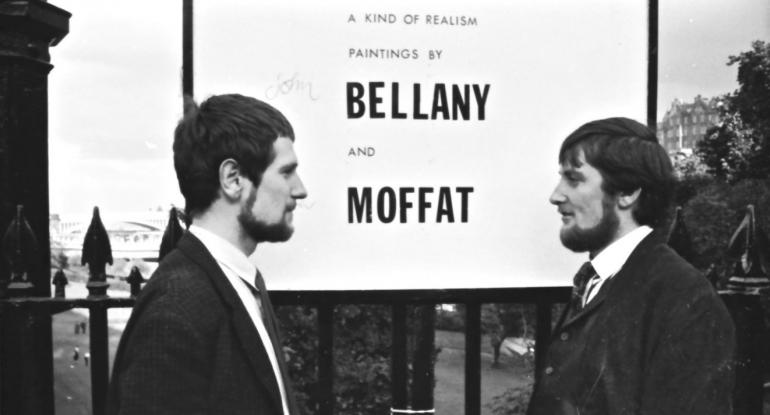
A Life-Long Friendship
Lecture to accompany the exhibition ‘John Bellany: A Life in Self-Portraiture’
Thursday 31 July 2025, 2:00pm -

Zoom In/Cropped Out
Creative Workshop for families to accompany the exhibition Out of Chaos: Post-War Scottish Art 1945-2000
Saturday 2 August 2025, 10:30am -
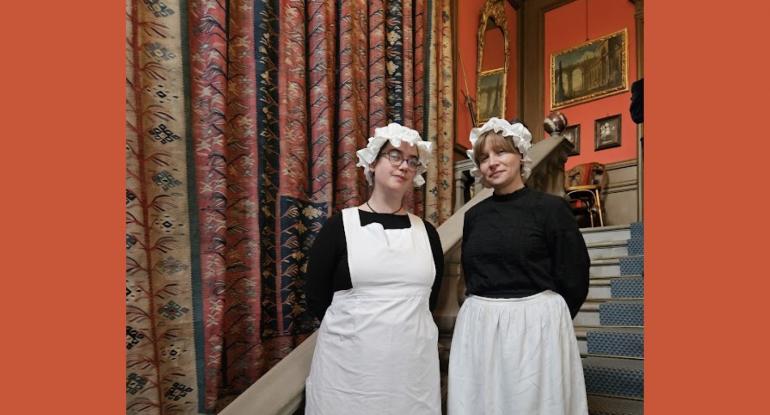
Terrible Tales from the Castle!
Lauriston Castle Special Family Events
Sunday 3 August 2025, 10:30am -
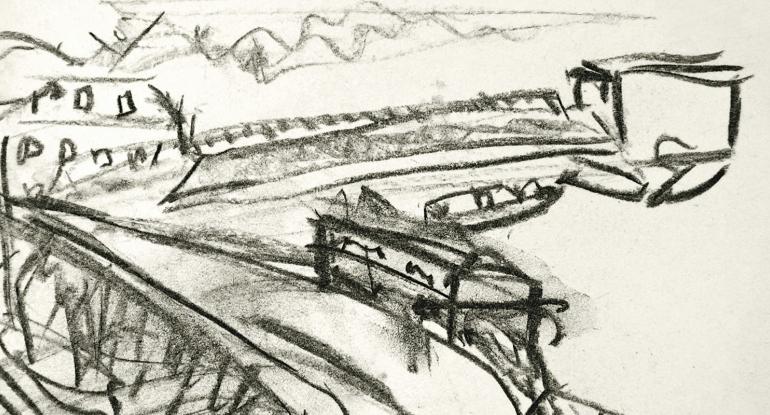
Tracing Time: Past, Present, Future
Creative Workshop for families to accompany the exhibition Out of Chaos: Post-War Scottish Art 1945-2000
Tuesday 5 August 2025, 10:30am -

Messy Masterpieces
Creative Workshop for families to accompany the exhibition Out of Chaos: Post-War Scottish Art 1945-2000
Wednesday 6 August 2025, 10:30am -
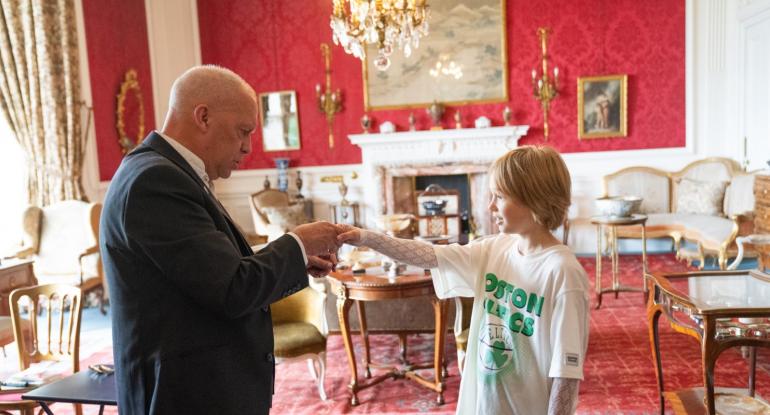
The Secret Room at Lauriston Castle
MagicFest at Lauriston Castle for the Fringe
Thursday 7 August 2025, 1:30pm -

The Secret Room at Lauriston Castle
MagicFest at Lauriston Castle for the Fringe
Friday 8 August 2025, 1:30pm -

From Sketchbook to Masterpiece
Adult Creative Workshop to accompany the exhibition ‘John Bellany: A Life in Self-Portraiture’
Saturday 9 August 2025, 10:30am -
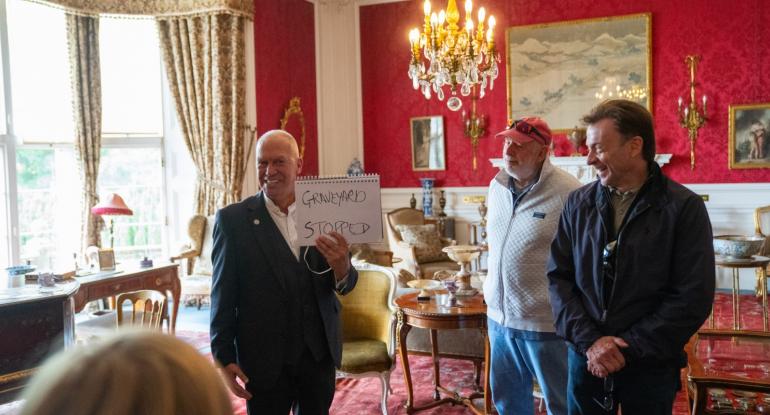
The Secret Room at Lauriston Castle
MagicFest at Lauriston Castle for the Fringe
Saturday 9 August 2025, 1:30pm -
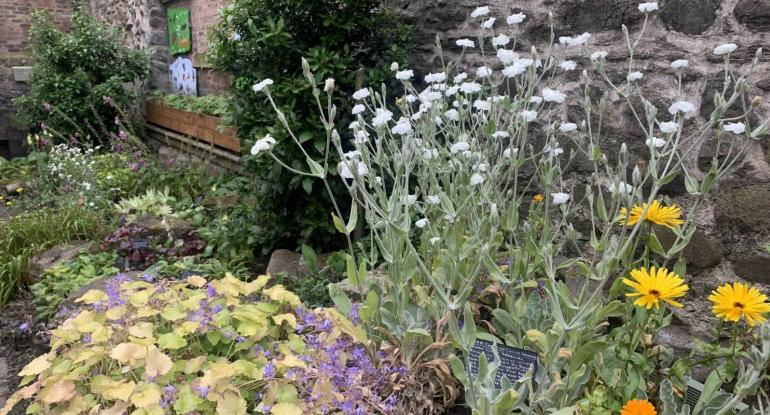
Dandelions and Other Lost Words: Family Storytelling
Family Storytelling session in association with the 'Nurture through Nature with Children’s Books' exhibition at the Museum of Edinburgh
Saturday 9 August 2025, 2:00pm -

Dandelions and Other Lost Words: Family Storytelling
Family Storytelling session in association with the 'Nurture through Nature with Children’s Books' exhibition at the Museum of Edinburgh
Saturday 9 August 2025, 3:00pm -
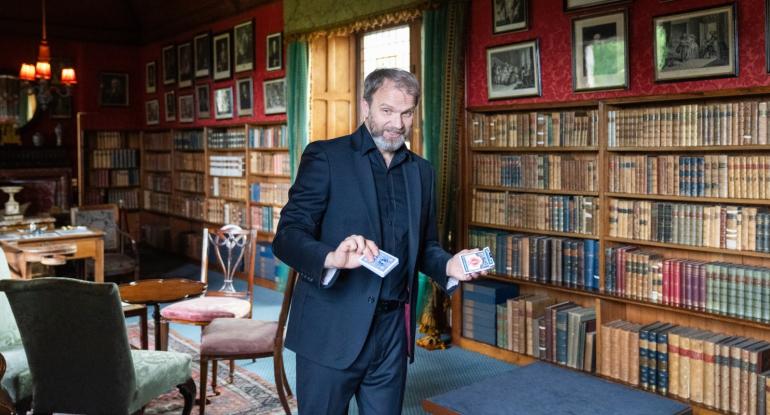
The Secret Room at Lauriston Castle
MagicFest at Lauriston Castle for the Fringe
Sunday 10 August 2025, 1:30pm -

Gallery Tour with Curators Bill Hare and Sandy Moffat
Gallery Tour to accompany the exhibition ‘John Bellany: A Life in Self-Portraiture’
Monday 11 August 2025, 2:00pm -

Rip & Repair
Creative Workshop for families to accompany the exhibition Out of Chaos: Post-War Scottish Art 1945-2000
Tuesday 12 August 2025, 10:30am -
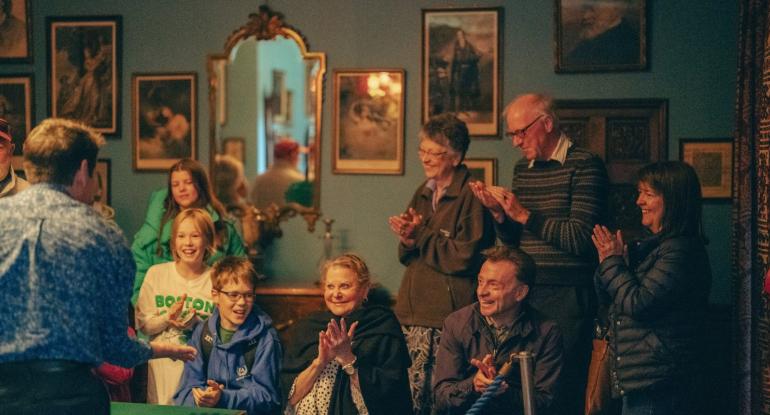
The Secret Room at Lauriston Castle
MagicFest at Lauriston Castle for the Fringe
Tuesday 12 August 2025, 1:30pm -

Zoom In/Cropped Out
Creative Workshop for families to accompany the exhibition Out of Chaos: Post-War Scottish Art 1945-2000
Wednesday 13 August 2025, 10:30am -

The Secret Room at Lauriston Castle
MagicFest at Lauriston Castle for the Fringe
Wednesday 13 August 2025, 1:30pm -
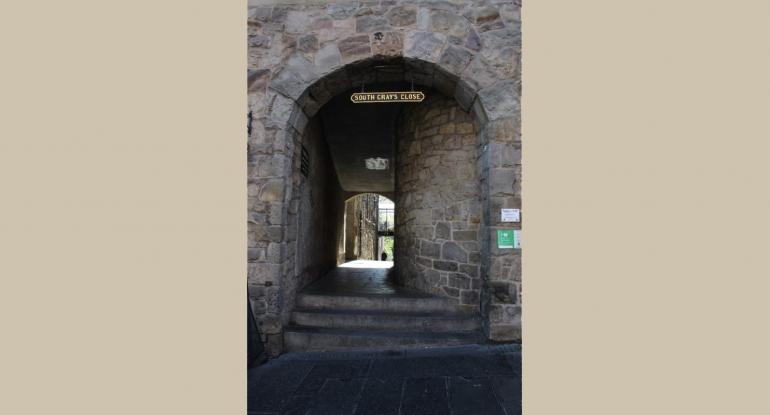
Closes of the Royal Mile
Exhibition tour in association with ‘Wellbeing in the City: Feel good places in and around Edinburgh’ at Museum of Edinburgh
Wednesday 13 August 2025, 2:00pm -

“I Don’t Borrow - I Steal”: John Bellany and the Art of Visual Quotation
Lecture to accompany the exhibition ‘John Bellany: A Life in Self-Portraiture’
Thursday 14 August 2025, 2:00pm -

BSL Interpreted Tour of ‘John Bellany: A Life in Self-Portraiture’
Tour to Accompany the exhibition ‘John Bellany: A Life in Self-Portraiture
Friday 15 August 2025, 11:00am -
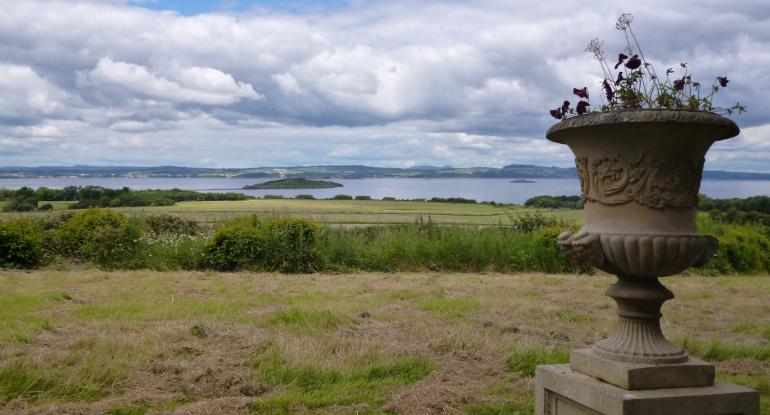
Edinburgh's Festival of Faiths
A Three Day Festival to celebrate Edinburgh900: City of Diversity
Friday 15 August 2025, 1:00pm -

Edinburgh's Jewish Heritage
A Lecture to celebrate Edinburgh900: City of Faith
Friday 15 August 2025, 1:00pm -

Described tour for the Visually Impaired of 'John Bellany: A Life in Self-Portraiture'
Tour to Accompany the exhibition ‘John Bellany: A Life in Self-Portraiture’
Friday 15 August 2025, 2:00pm -
Reviving the Ancient: Exploring the links between modern Heathenry and Japanese Shintoism
A Lecture to celebrate Edinburgh900: City of Faith
Friday 15 August 2025, 3:00pm -
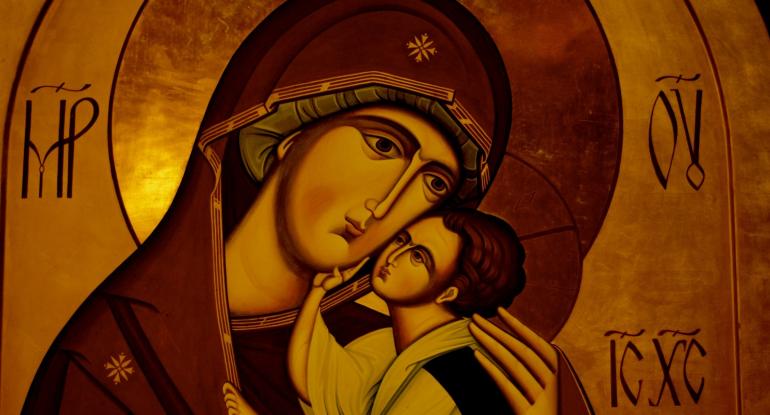
Introduction to Iconography
A Lecture to celebrate Edinburgh900: City of Faith
Saturday 16 August 2025, 2:00pm -

Off the Beaten Path: A Storytelling Journey into Childhood’s Imagined Worlds
Family Storytelling session in association with the 'Nurture through Nature with Children’s Books' exhibition at the Museum of Edinburgh
Saturday 16 August 2025, 2:00pm -

Rakhi Bracelet Making
A creative workshop to celebrate Edinburgh900: City of Faith
Saturday 16 August 2025, 3:00pm -

Henna Art
A creative workshop to celebrate Edinburgh900: City of Faith
Saturday 16 August 2025, 3:00pm -

Off the Beaten Path: A Storytelling Journey into Childhood’s Imagined Worlds
Family Storytelling session in association with the 'Nurture through Nature with Children’s Books' exhibition at the Museum of Edinburgh
Saturday 16 August 2025, 3:00pm -

Expressing the Elements: Nature inspired poetry workshop
A creative workshop to celebrate Edinburgh900: City of Faith
Saturday 16 August 2025, 4:00pm -

Forest Bathing at Lauriston: An Introduction to Mindfulness in Nature and Shinrin Yoku in Lauriston Castle Gardens
Wellbeing Sessions in Lauriston Castle Gardens
Saturday 16 August 2025, 10:00am -

The Mystic Ring, Baha’i inspired music from the Resol String Quartet
A special event to celebrate Edinburgh900: City of Faith
Sunday 17 August 2025, 2:00pm -

Inside Insiders
A special event to celebrate Edinburgh900: City of Faith
Sunday 17 August 2025, 4:00pm -
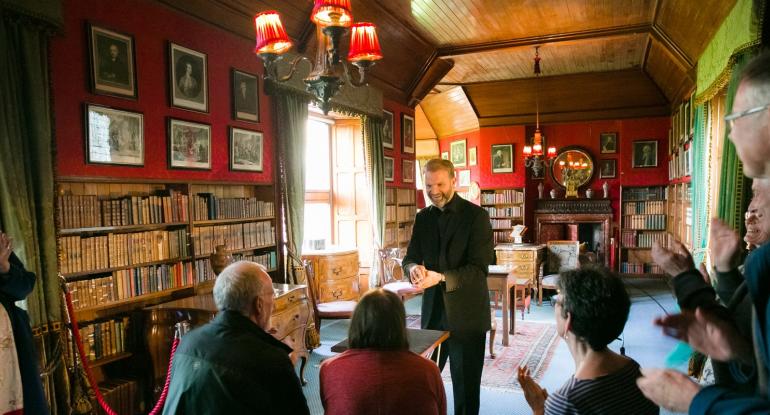
The Secret Room at Lauriston Castle
MagicFest at Lauriston Castle for the Fringe
Tuesday 19 August 2025, 1:30pm -
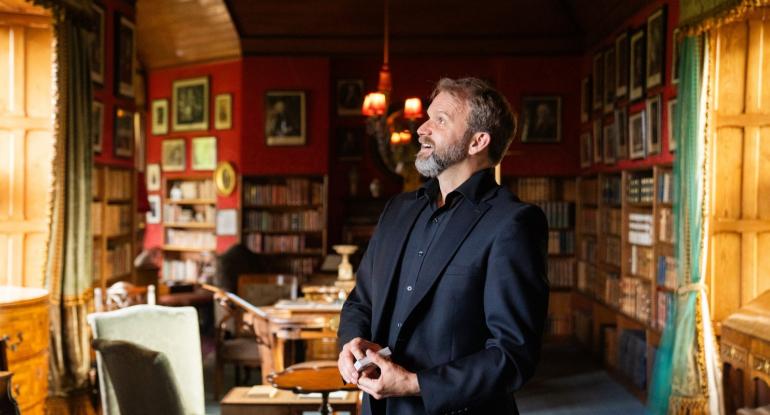
The Secret Room at Lauriston Castle
MagicFest at Lauriston Castle for the Fringe
Wednesday 20 August 2025, 1:30pm -

Time Will Tell
Lecture to accompany the exhibition ‘John Bellany: A Life in Self-Portraiture’
Thursday 21 August 2025, 2:00pm -

Gallery Tour with Curators Bill Hare and Sandy Moffat
Gallery Tour to accompany the exhibition ‘John Bellany: A Life in Self-Portraiture’
Saturday 23 August 2025, 2:00pm -
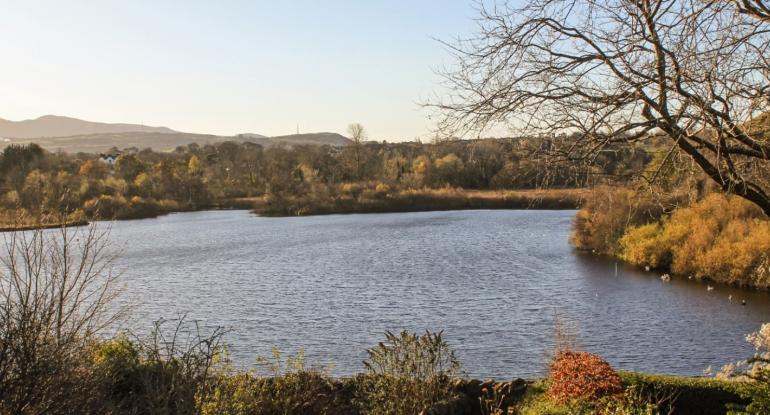
Writing for wellbeing
Writing workshop in association with ‘Wellbeing in the City: Feel good places in and around Edinburgh’ at Museum of Edinburgh
Wednesday 27 August 2025, 2:00pm -

Tracing Time: Past, Present, Future
Creative Workshop for families to accompany the exhibition Out of Chaos: Post-War Scottish Art 1945-2000
Saturday 30 August 2025, 10:30am -
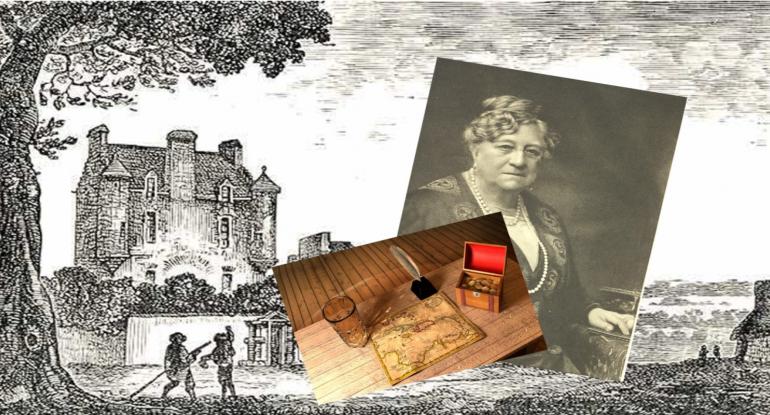
The Lost Plans
Outdoor Family Escape Room Experience at Lauriston Castle
Sunday 31 August 2025, 2:00pm -
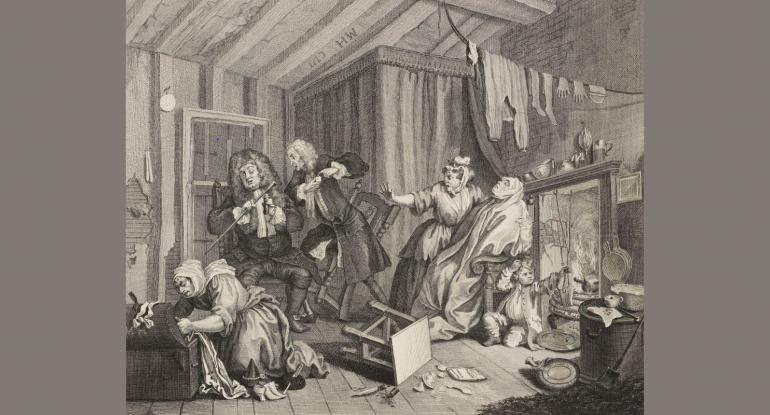
One Night with Venus, A Lifetime with Mercury: Sex and Syphilis
Lauriston Castle Lectures
Tuesday 2 September 2025, 10:30am -
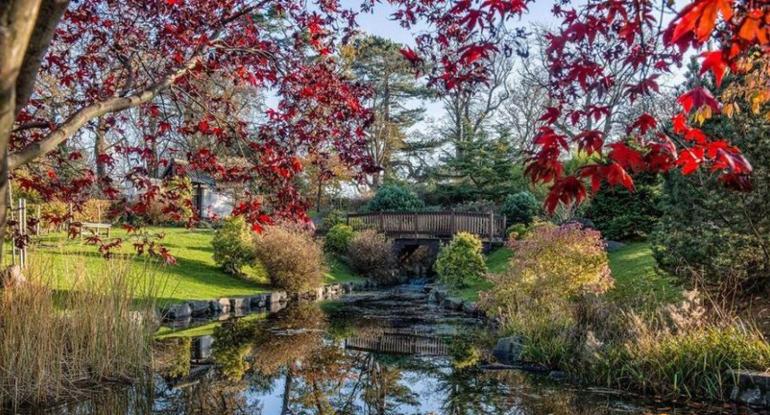
Forest Bathing at Lauriston: An Introduction to Mindfulness in Nature and Shinrin Yoku in Lauriston Castle Gardens
Wellbeing Sessions in Lauriston Castle Gardens
Saturday 6 September 2025, 10:00am -

Delicate paper bird sculptures
Lauriston Castle Adult Creative Workshops
Saturday 6 September 2025, 10:30am -

Messy Masterpieces
Creative Workshop for families to accompany the exhibition Out of Chaos: Post-War Scottish Art 1945-2000
Saturday 6 September 2025, 10:30am -
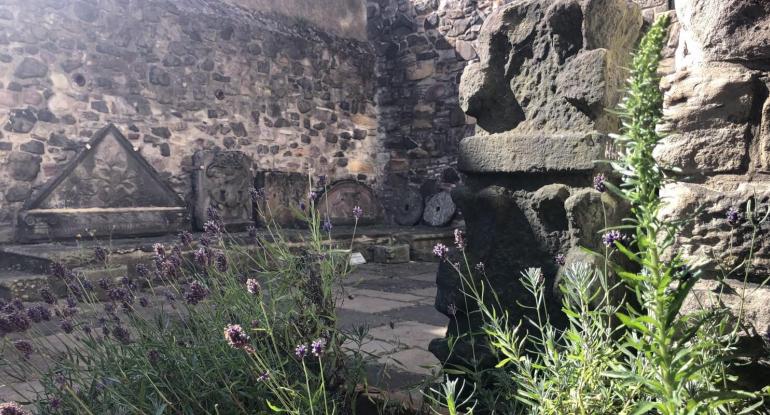
Finding Nature in the City: An Introduction to Urban Forest Bathing in the Museum Courtyard
Exploring Mindfulness in Nature to accompany the 'Nurture through Nature with Children’s Books' exhibition at Museum of Edinburgh
Sunday 7 September 2025, 10:00am -
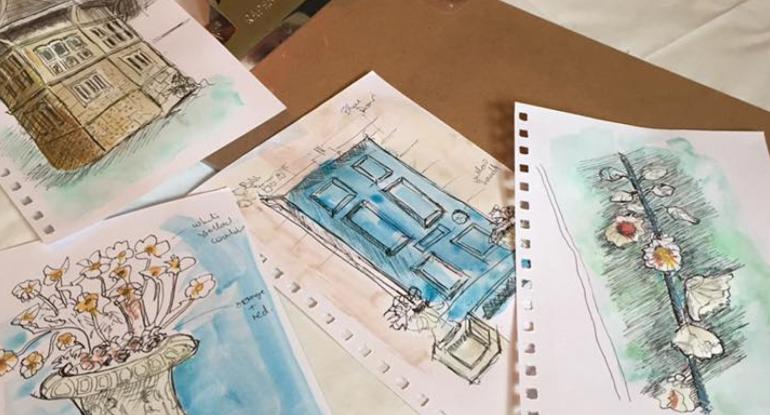
Sketching Nature and Architecture at Lauriston Castle
Lauriston Castle Special Events
Sunday 14 September 2025, 10:00am -
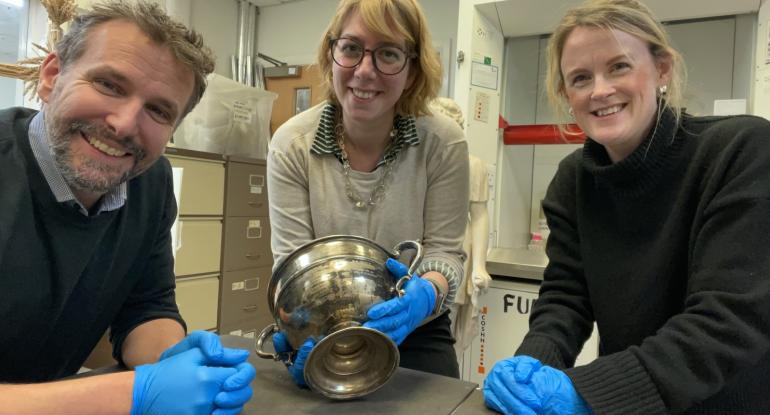
A Year in Edinburgh Museums & Galleries Collections
Behind the Scenes in our collection to celebrate Edinburgh900
Monday 15 September 2025, 2:00pm -
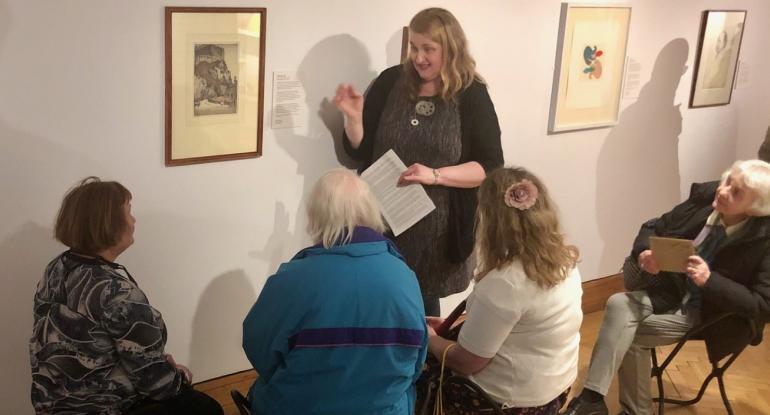
Described Tour for Blind and Partially Sighted Visitors of Out of Chaos: Post-War Scottish Art 1945-2000
Described Tour in association with the exhibition ‘Out of Chaos: Post-War Scottish Art 1945-2000’
Friday 19 September 2025, 2:00pm -

Pirate Day / Shiver Me Timbers
Lauriston Castle Family Workshops
Saturday 20 September 2025, 10:00am -
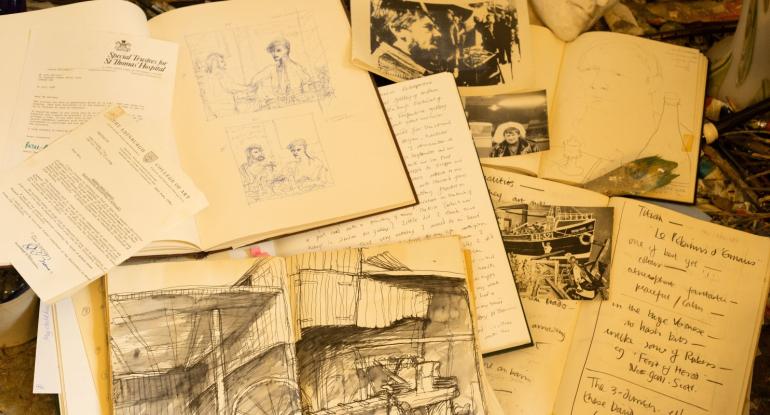
The Bellany Sketchbooks
Lecture to accompany the exhibition ‘John Bellany: A Life in Self-Portraiture’
Wednesday 24 September 2025, 2:00pm -
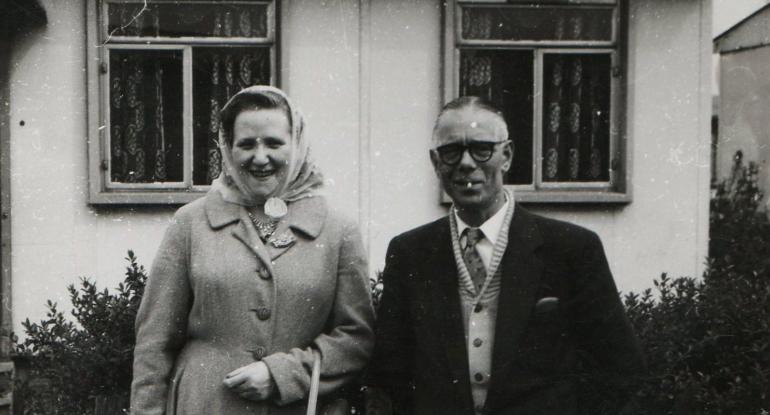
Post War Edinburgh
Lecture in association with the exhibition ‘Out of Chaos: Post-War Scottish Art 1945-2000’
Friday 26 September 2025, 2:00pm -

Expressive Landscape Paintings inspired by the work of Joan Eardley
Creative Adult Art Workshop in association with the exhibition ‘Out of Chaos: Post-War Scottish Art 1945-2000’
Saturday 27 September 2025, 10:30am -

Ghosts! Tales of Terror at Lauriston Castle
A unique tour of the castle, mixed with tales of terror, ghosts stories, and the bizarre
Saturday 27 September 2025, 3:00pm -
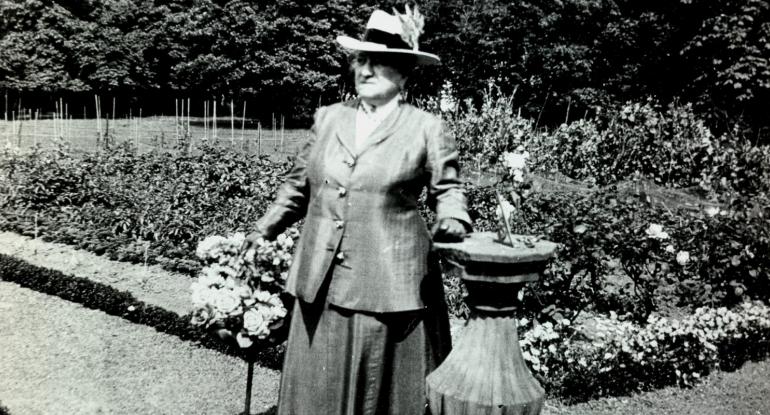
Socialites to servants: the women behind Lauriston
Lauriston Castle Lectures
Wednesday 1 October 2025, 10:30am -
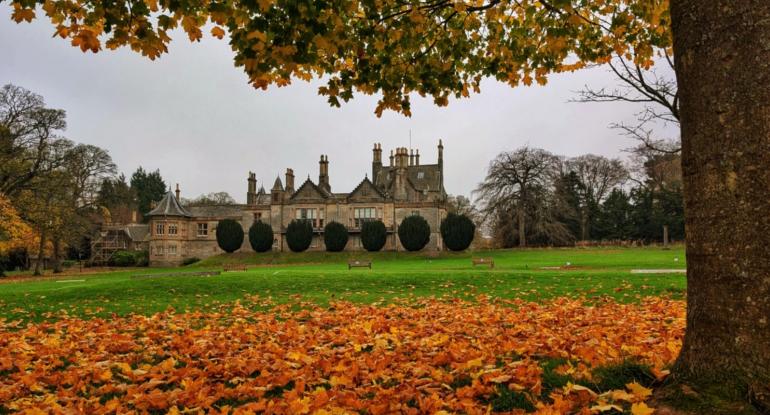
Forest Bathing at Lauriston: An Introduction to Mindfulness in Nature and Shinrin Yoku in Lauriston Castle Gardens
Wellbeing Sessions in Lauriston Castle Gardens
Saturday 4 October 2025, 10:00am -
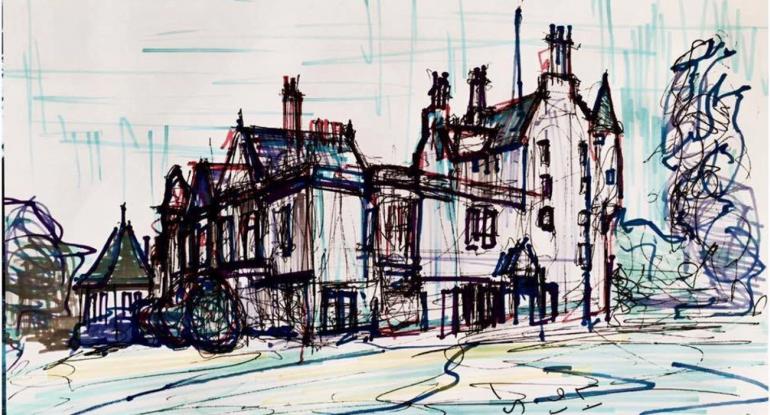
The Big Draw at Lauriston Castle
Lauriston Castle Family Drop-in events
Monday 13 October 2025, 10:00am -

The Big Draw at Lauriston Castle
Lauriston Castle Family Drop-in events
Friday 17 October 2025, 10:00am -

The World's End Murders: The Inside Story
Lauriston Castle Lectures
Thursday 23 October 2025, 10:30am -
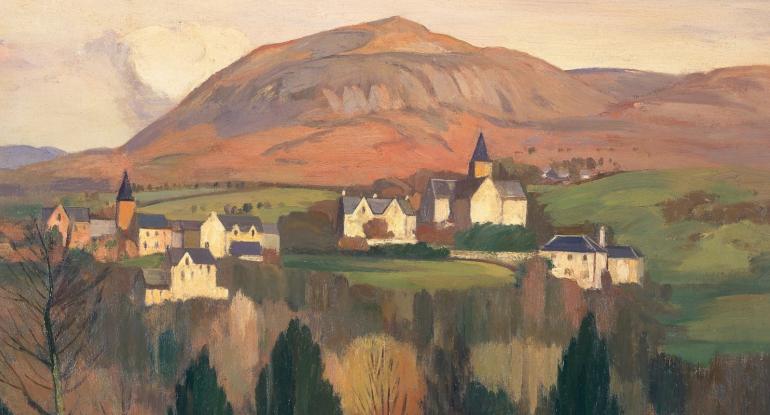
Noble Intentions: The History of the Scottish Modern Arts Association
Lauriston Castle Lectures
Thursday 6 November 2025, 10:30am -

Embossed Metal Foil Garlands and Decorations
Lauriston Castle Adult Creative Workshops
Saturday 8 November 2025, 10:30am -
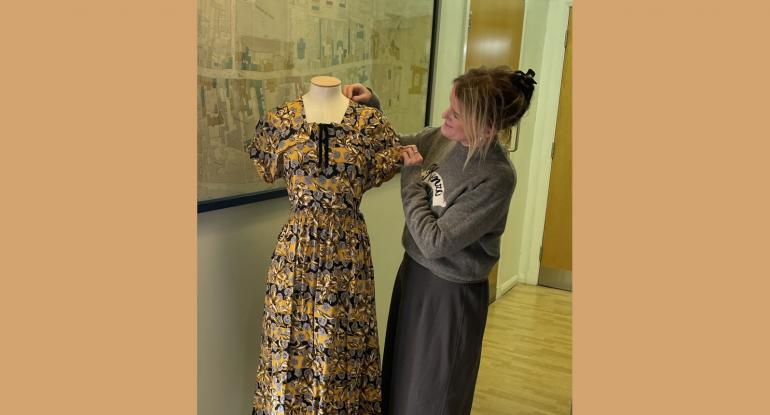
War on the Fashion Front: Getting dressed as a civilian in World War 2
Lauriston Castle Lectures
Tuesday 11 November 2025, 10:30am -
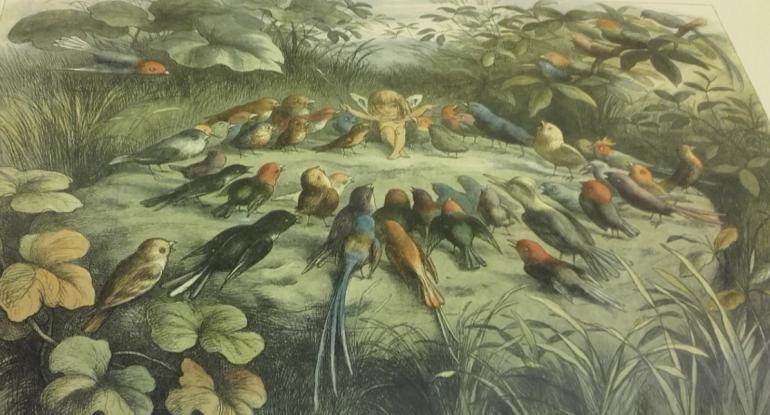
Children’s Books at the Museum of Childhood: Through the Ages
Lauriston Castle Lectures
Thursday 13 November 2025, 10:30am -

Christmas Botanical Watercolour Workshop
Lauriston Castle Adult Creative Workshops
Saturday 22 November 2025, 10:30am -

Edinburgh's Magical Christmas
A Special Lauriston Castle Christmas Magic show with acclaimed Edinburgh Magician Kevin Quantum
Sunday 23 November 2025, 12:00pm -

Edinburgh's Magical Christmas
A Special Lauriston Castle Christmas Magic show with acclaimed Edinburgh Magician Kevin Quantum
Sunday 23 November 2025, 2:00pm -

Christmas Paper Poinsettias
Lauriston Castle Adult Creative Workshops
Saturday 29 November 2025, 10:00am -

Christmas Paper Poinsettias
Lauriston Castle Adult Creative Workshops
Saturday 29 November 2025, 1:30pm -
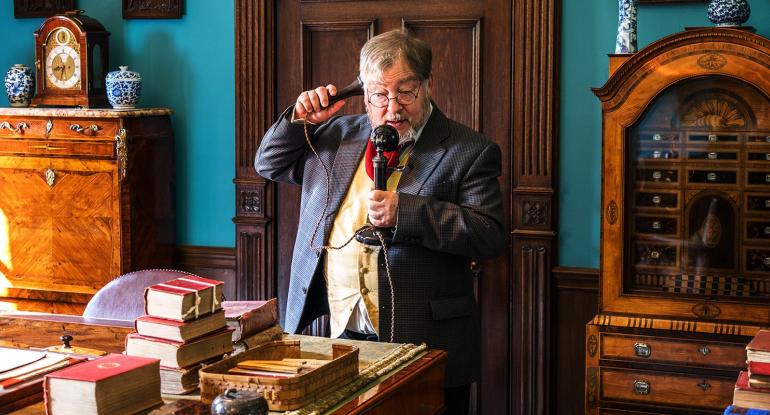
A welcome to Lauriston Castle on International Day of Persons with Disabilities
Lauriston Castle step-free access events
Sunday 30 November 2025, 1:00pm -
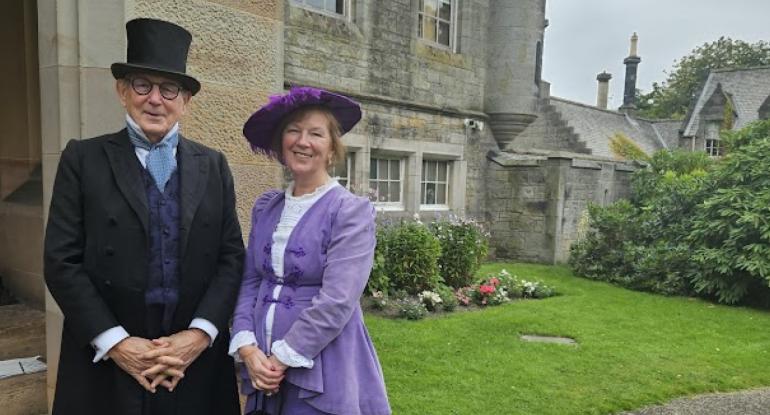
A welcome to Lauriston Castle on International Day of Persons with Disabilities
Lauriston Castle step-free access events
Sunday 30 November 2025, 2:00pm -

Natural Wreaths and Country Garlands
Lauriston Castle Adult Creative Workshops
Saturday 6 December 2025, 10:30am -

The return of giant fresh wreaths
Lauriston Castle Adult Creative Workshops
Monday 8 December 2025, 10:30am -

Peg Doll Fairies and Victorian Delights
Lauriston Castle Adult Creative Workshops
Saturday 13 December 2025, 10:30am -
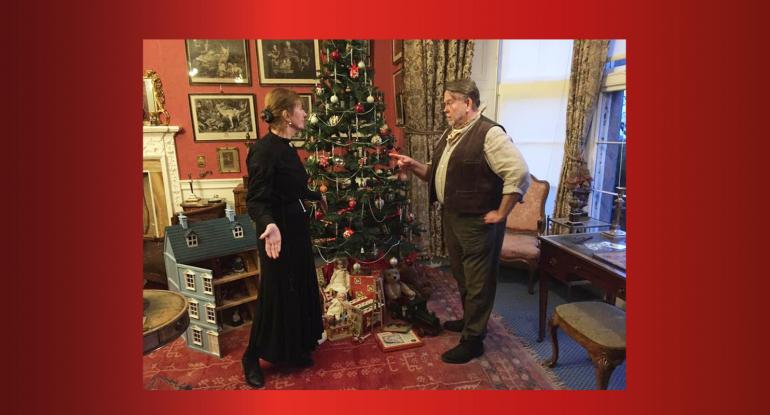
A Family Edwardian Christmas at Lauriston Castle
Lauriston Castle Special Family Events
Sunday 14 December 2025, 12:30pm
Venues
-
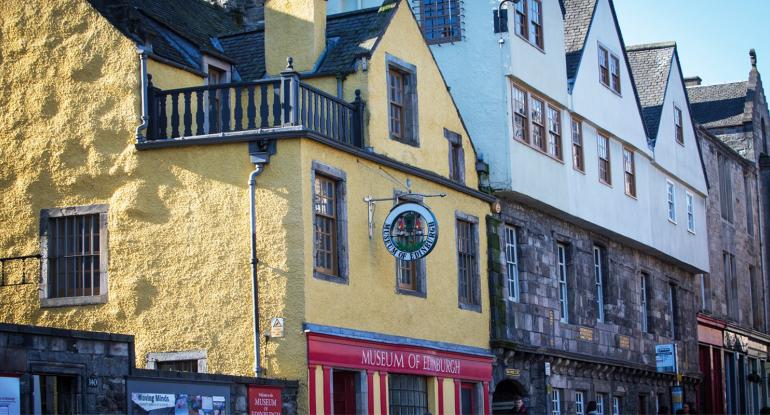 View on a map
View on a map
Museum of Edinburgh
Free entry | Recommended donation £5 | Last entry 4.30pm
Iconic items, beautiful objects, fascinating facts and gruesome tales are waiting to be discovered in this beautiful 16th century museum.
-
View on a map
City Art Centre
Free entry unless otherwise advertised | Recommended donation £5 | Last entry 4.30pm
The City of Edinburgh’s Art collection is one of the finest in Scotland, and includes works by the most important Scottish artists.
-
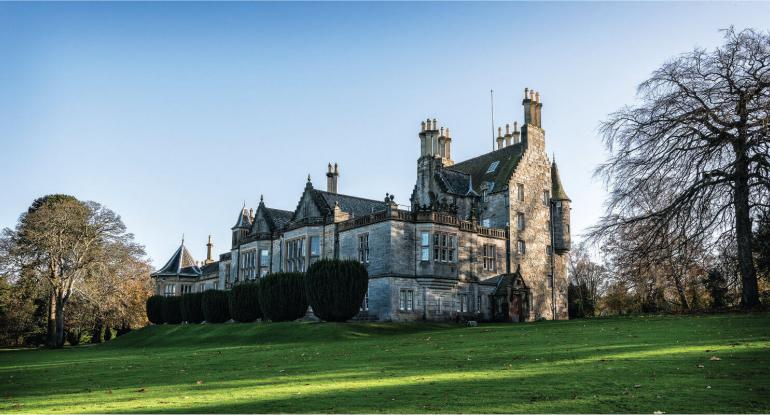 View on a map
View on a map
Lauriston Castle
Free entry to the grounds | Gates open 8am - 7.30pm |Mimi's Little Bakehouse Mon - Sun 9am - 5pm
A 16th century tower house with early 19th century additions set in stunning grounds overlooking the Firth of Forth.
For our diverse and exciting events programme, click here.
-
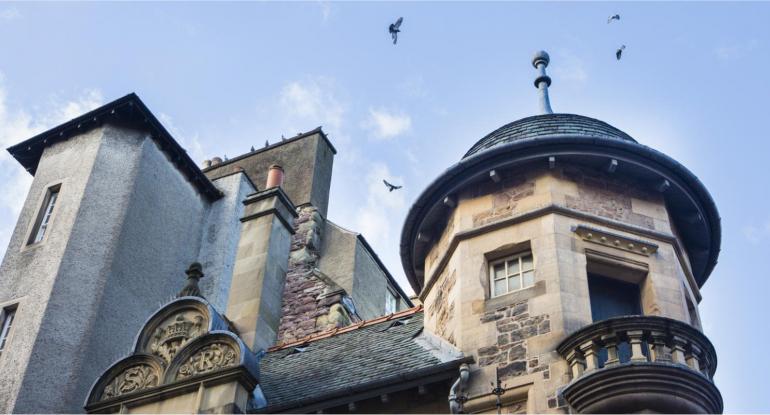 View on a map
View on a map
The Writers' Museum
Free entry | Recommended donation £5 | Last entry 4.30pm
The Writers' Museum will be closed Monday, 28th April, through Wednesday, 30th April. We apologise for any inconvenience and look forward to welcoming you back in on Thursday, 1st May.
The Writers’ Museum celebrates the lives of three giants of Scottish Literature – Robert Burns, Sir Walter Scott and Robert Louis Stevenson.
